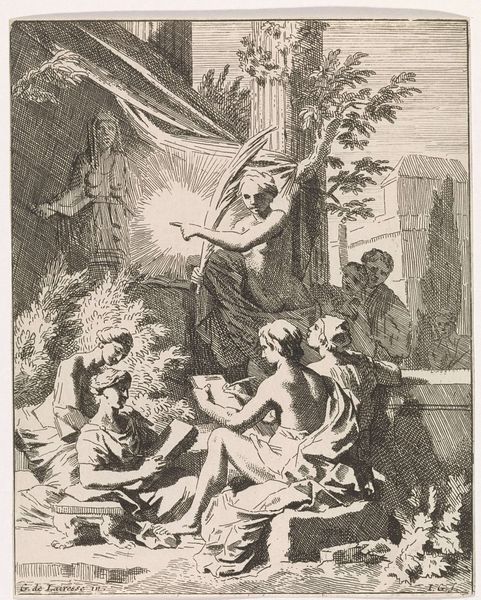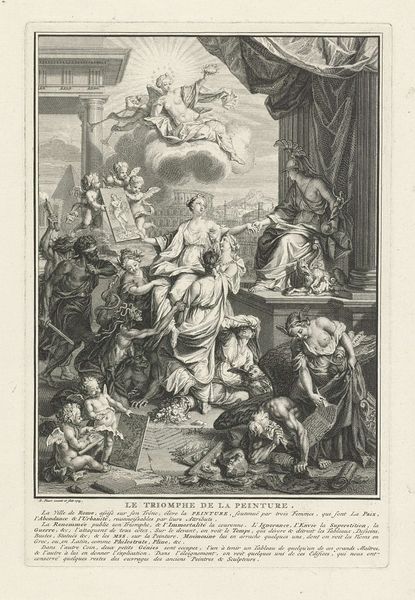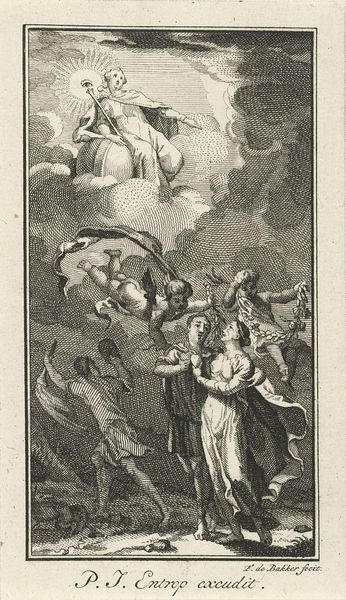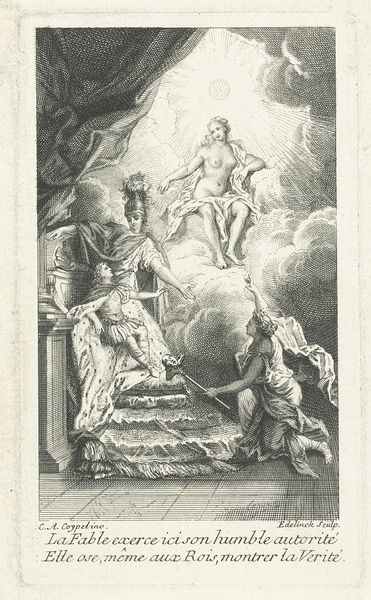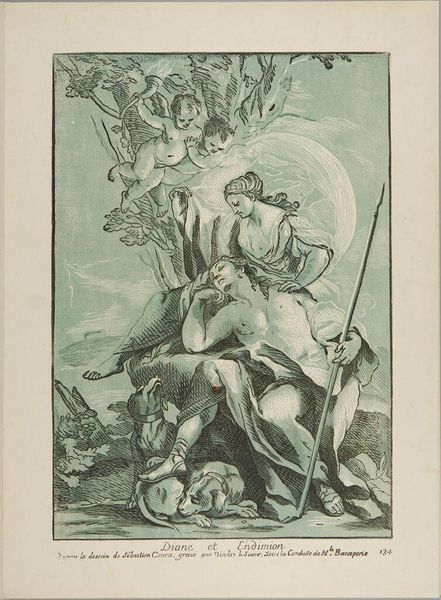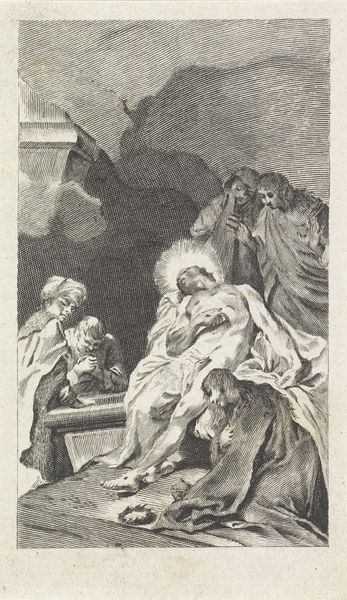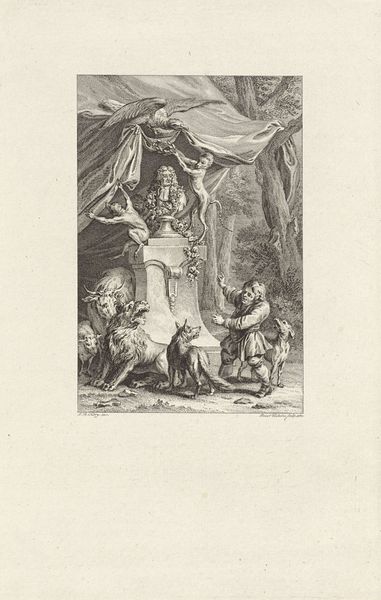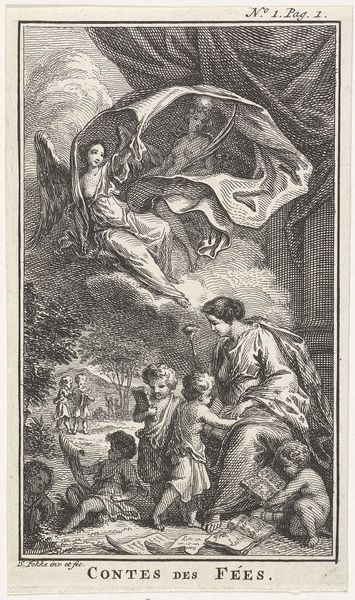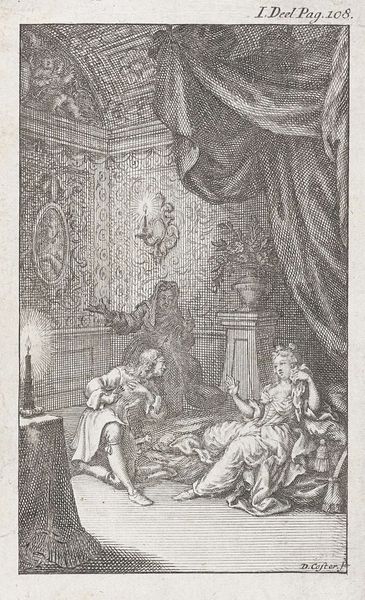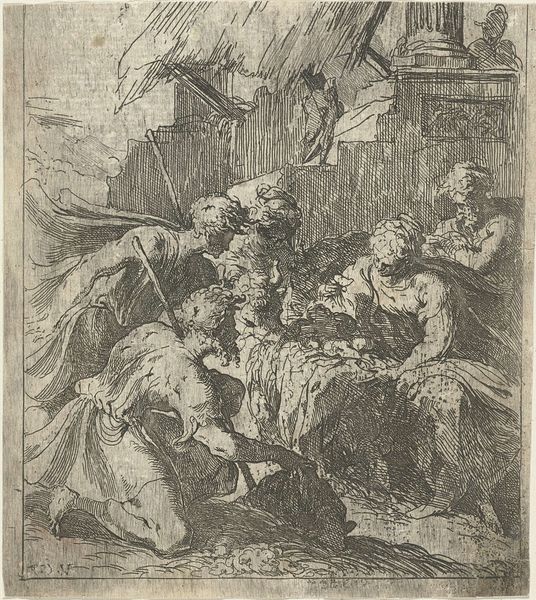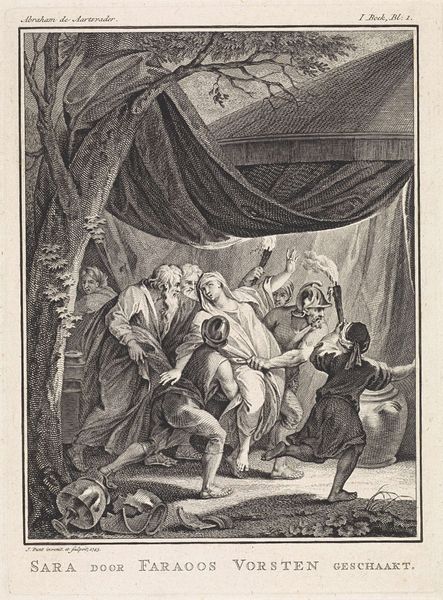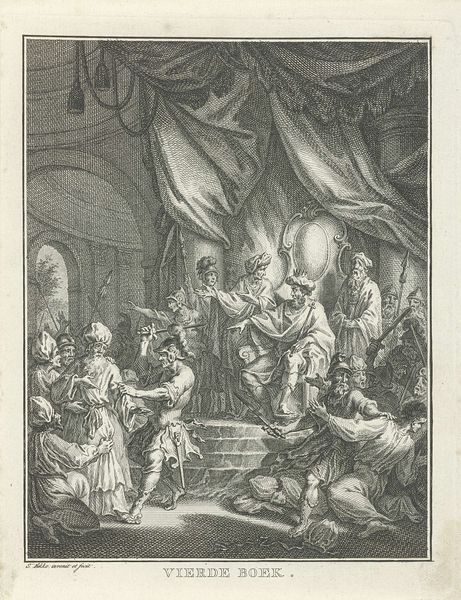
engraving
#
baroque
#
figuration
#
genre-painting
#
engraving
Dimensions: height 102 mm, width 54 mm
Copyright: Rijks Museum: Open Domain
Editor: Here we have Giovanni Cattini's "Musicerende engelen", an engraving from 1740 depicting a gathering of musical angels. It feels very dreamlike and ethereal. What stands out to you in this piece? Curator: What interests me most about this engraving is its manifestation as a commodity, reflecting the cultural consumption of religious iconography. Consider the production—engraving, a process accessible to a wider audience than painting, which facilitated the circulation of images and ideas within 18th-century society. Editor: So you're saying that the choice of engraving itself is significant? Curator: Absolutely. The medium directly impacted distribution and reception. We need to think about where and how these prints were consumed, the economics of printmaking at the time, and the role they played in disseminating cultural values. Who was commissioning these engravings and who had access to them? Editor: That makes sense. I hadn't really considered the social impact of printmaking in that era. It challenges the perception of art being solely for the elite. Curator: Precisely! Examining the means of production and circulation can demystify traditional notions of 'high art' and illuminate the broader social and economic context in which it was created and consumed. Do you agree that looking at the cost and relative accessibility of art transforms the original intention and, thus, our analysis of it? Editor: Yes, I agree. I never looked at it that way before; it's really insightful to think about art as part of a larger system of production and exchange, influencing both its value and the narrative it carries.
Comments
No comments
Be the first to comment and join the conversation on the ultimate creative platform.
